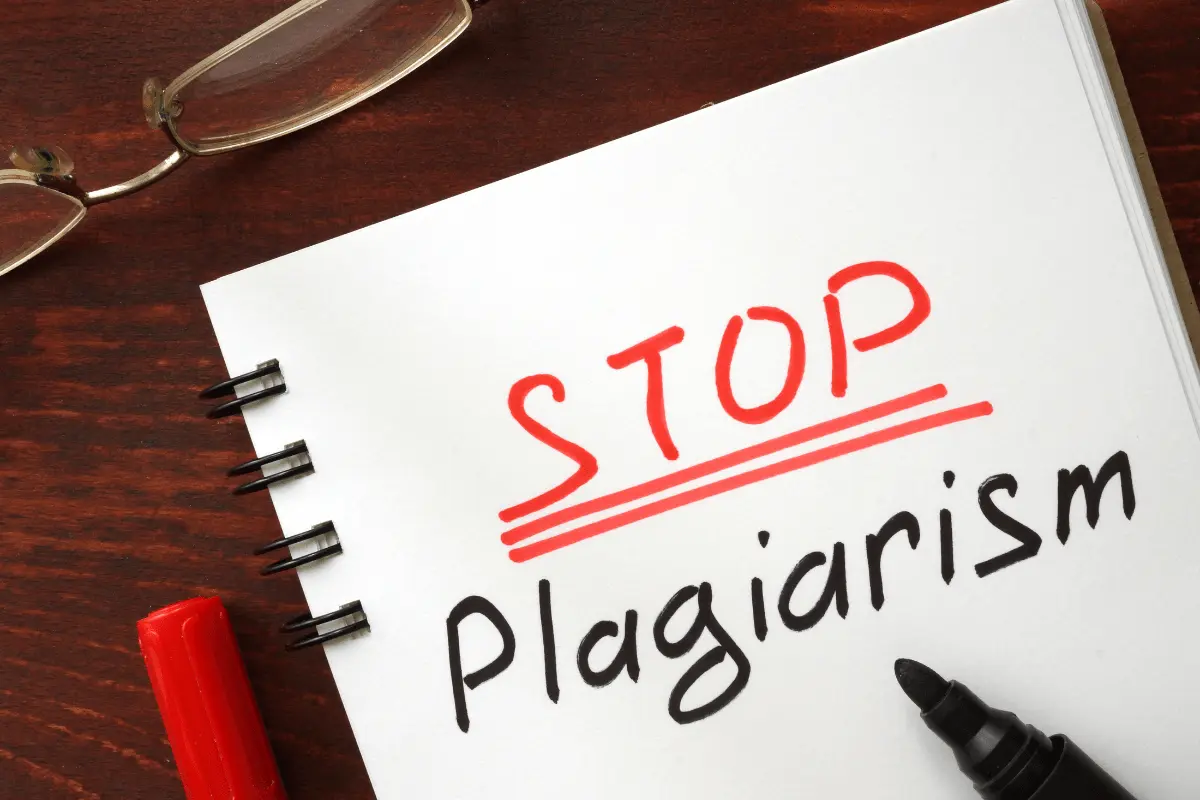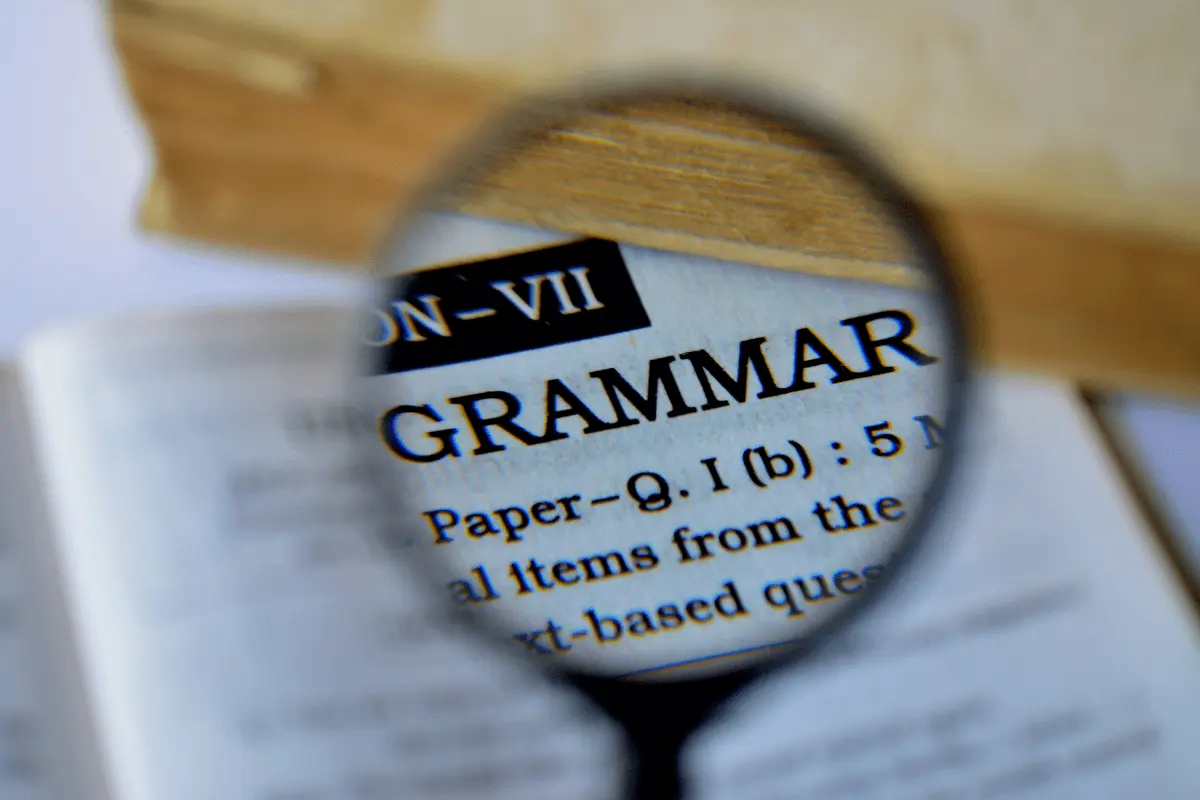Welcome to our guide on how to navigate the tricky waters of writing without falling into the plagiarism trap! In a world where information is readily available at our fingertips, it’s more important than ever to understand what plagiarism is and how to avoid it.
So, grab your metaphorical compass as we embark on a journey to discover the secrets of maintaining originality in your writing.
What is Plagiarism?
Plagiarism is like wearing someone else’s clothes and pretending they’re yours. It’s the act of using someone else’s ideas, words, or work without giving them credit. Imagine copying a painting and signing your name at the bottom – that’s plagiarism in the creative realm. In academic writing, it can be as subtle as not properly citing a source or paraphrasing too closely to the original text.
It’s important to understand that plagiarism isn’t just about direct copy-pasting; it also includes improper citations, self-plagiarism (reusing your own work without acknowledgment), and even unintentional appropriation of ideas. The key concept here is intellectual honesty – giving credit where credit is due and upholding the integrity of your work. Plagiarism undermines trust, credibility, and creativity in any form of writing. So remember, when in doubt, always err on the side of caution and attribute sources appropriately!
Types of Plagiarism
Plagiarism comes in various forms, each with its own nuances and implications. One common type is direct plagiarism, where a writer copies someone else’s work word for word without attribution. This blatant form of intellectual theft is easily detectable through plagiarism checkers.
Another type is mosaic plagiarism, where the writer mixes their original ideas with borrowed phrases or sentences from other sources without proper citation. While it may seem like a subtle form of copying, it still constitutes academic dishonesty.
Self-plagiarism is when an author reuses their own previously published work without acknowledging it as such. Although some may argue that they are recycling their own content, it can still be considered unethical if not disclosed properly.
Accidental plagiarism occurs when writers unintentionally fail to cite sources or paraphrase incorrectly due to negligence or lack of understanding of proper referencing techniques. It’s crucial to understand these different types of plagiarism to avoid falling into the trap of academic misconduct.
Consequences of Plagiarism
Plagiarism can have serious consequences that extend beyond just academic penalties. When someone plagiarizes, they are essentially taking credit for work that is not their own, which can damage their reputation and credibility. In educational settings, plagiarism can result in failing grades or even expulsion from school.
Moreover, in professional environments, being caught plagiarizing can lead to losing job opportunities or facing legal actions for copyright infringement. The impact of plagiarism on one’s integrity and ethics should not be underestimated.
Additionally, the effects of plagiarism are not limited to the individual who committed it but also affect the original author whose work was stolen. It undermines the efforts and creativity of genuine creators while perpetuating dishonesty in academic and professional spheres.
It is crucial to understand the severe repercussions of plagiarism and strive towards producing original content at all times.
Tips to Avoid Plagiarism
Plagiarism is a serious offense in the world of writing, but with some simple tips, you can easily avoid it. One of the best ways to prevent plagiarism is to always start your work early. Procrastination often leads to rushed writing, increasing the likelihood of unintentional plagiarism.
Make sure to keep detailed notes while conducting research and jot down all sources used. This will help you properly attribute ideas and quotes later on in your writing process. When paraphrasing information from a source, be sure to reword it significantly so that it’s in your own voice.
Another effective tip is to use quotation marks when directly quoting text from a source, followed by proper citation. Always double-check your work using online plagiarism detection tools before submitting it for review.
Proper Citation and Referencing
Proper citation and referencing are essential components of writing that help give credit to the original sources of information. When you use ideas, quotes, or data from someone else’s work in your writing, it is crucial to properly acknowledge their contribution.
One common way to cite sources is through using a specific citation style such as APA, MLA, Chicago, or Harvard. Each style has its own set of rules for citing different types of sources like books, articles, websites, or interviews.
In-text citations should be included whenever you directly quote or paraphrase someone else’s words in your writing. This helps readers identify where the information came from and allows them to locate the original source if needed.
A reference list or bibliography at the end of your document provides detailed information about each source cited in your paper. It includes important details like author names, publication dates, titles of works, and publication sources.
By following proper citation guidelines and referencing accurately throughout your writing, you demonstrate academic integrity and respect for others’ intellectual property rights.
Use of Online Tools to Check for Plagiarism
In today’s digital age, writers have access to a plethora of online tools that can help them detect and avoid plagiarism in their work. These tools are designed to analyze text and compare it against a vast database of sources to identify any instances of duplicated content.
One popular tool is Turnitin, which is widely used by educational institutions to check for plagiarism in student papers. It provides detailed reports highlighting any matching text found in its database.
Another efficient tool is Grammarly, known for its grammar checking capabilities but also offers a plagiarism checker feature. Writers can simply paste their content into the platform and receive instant feedback on potential plagiarized sections.
Additionally, websites like Copyscape allow users to scan web pages for duplicate content, making it ideal for bloggers or website owners who want to ensure originality across their online platforms.
By utilizing these online tools effectively, writers can maintain the integrity of their work and uphold standards of academic honesty and originality.
Conclusion: Importance of Originality in Writing
In a world where information is readily accessible and ideas are constantly shared, maintaining originality in writing is paramount. Plagiarism not only undermines your credibility as a writer but also hinders the growth of new insights and perspectives. By understanding what plagiarism entails, recognizing its various forms, and implementing strategies to avoid it, writers can uphold the integrity of their work.
Proper citation and referencing serve as pillars for acknowledging the contributions of others while showcasing your own unique perspective. Utilizing online tools to check for plagiarism provides an extra layer of assurance that your content is authentic and free from unoriginal material.
Remember, originality is not just about avoiding copying someone else’s words; it’s about expressing your thoughts, ideas, and arguments in a way that reflects your individual voice. Embrace the challenge of creating fresh content that adds value to the discourse rather than reiterating existing information.
By prioritizing originality in writing, you not only respect the intellectual property rights of others but also cultivate a sense of pride in your own creative output. Let originality be your signature as a writer – one that sets you apart in a sea of content creators striving for authenticity and innovation.



